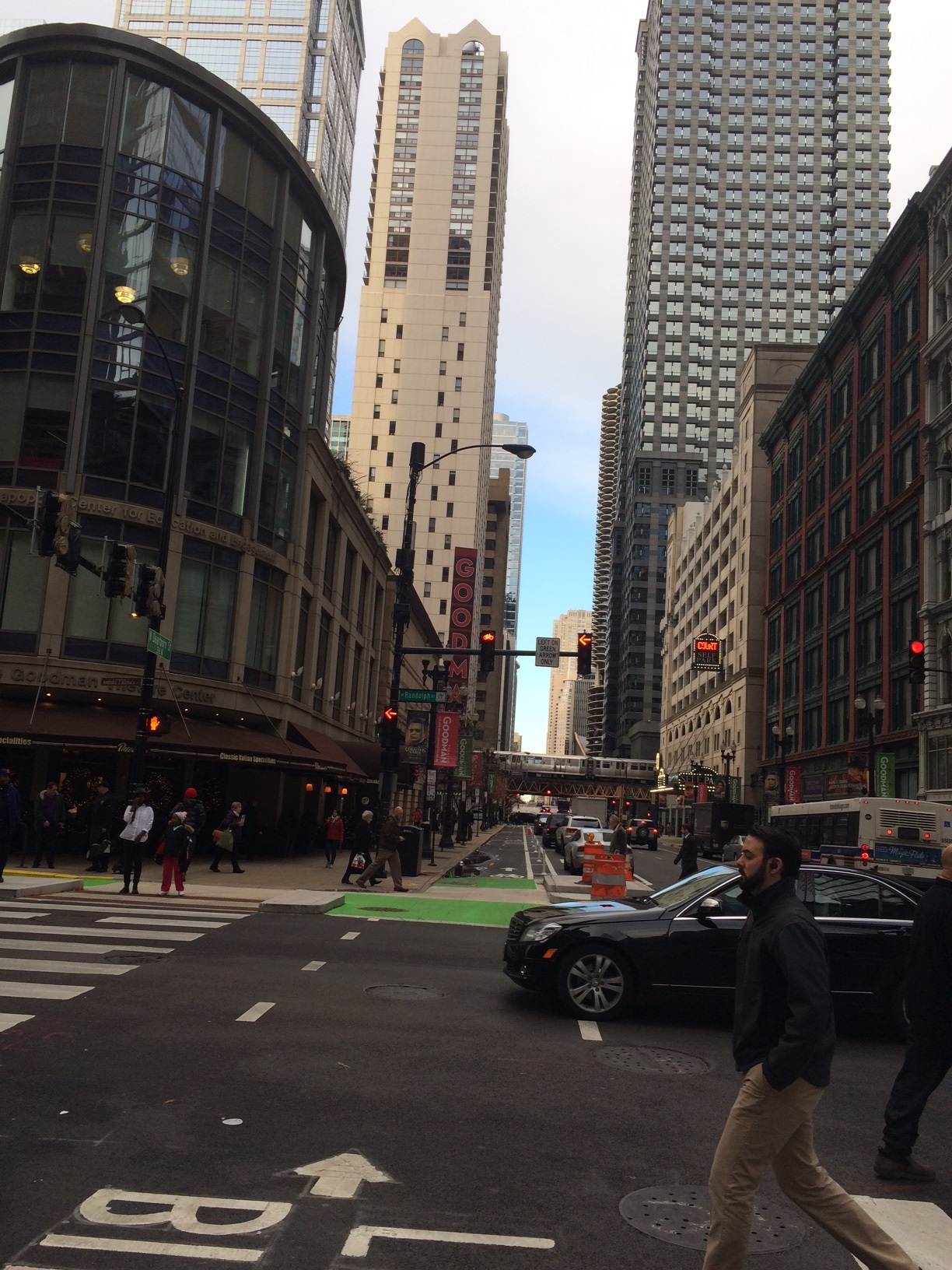
Uploaded on 2017-01-19 by HeikeLob
1. What are the dominant fossil fuels used in your country? Country: United States: Oil, Coal, natural gas are the dominant fossil fuels (whereas coal is used for power generation plants and gas is used for power plants and for residential & commercial consumption and for industry sector. 2. Where are the dominant fossil fuels mainly used for in your country? (e.g. transport, industry, non-energy use etc.) Based on total final consumption Oil products can be defined as the the dominant fossil fuel in the United States (total consumption: 742 Million tons of Oil equivalent) including mainly consumption by transportation sector with 568 Mtoe of which road transportation accounts for the largest share with 497 Mtoe). It should be pointed out that only 639 Mtoe can be accounted for CO2 emissions as 103 Mtoe are consumed by the non-energy sector. The second largest fossil fuel based on consumption in the United States is Natural gas (total consumption: 355 Mtoe) which is allocated to industry (121 Mtoe) and “other” (199 Mtoe) and a very small share of non-energy use. Residential & commercial and Public service consumption are the dominant end-user consumption sectors of natural gas. 3. It is your task to create a new policy in order to improve the environmental friendly and sustainable sources and consumption of energy of your country. How would you do that? Think of how you can improve the sources and the consumption of energy. In order to reduce CO2 emissions the first approach would be to look at the current main fuel consumption sector which is the road transportation. As residential car traffic is accounted for in the “other” residential segment, it is very obvious that the truck emissions should be addressed far more than the personal7private (car) traffic with the given data of Mtoe consumption. Although also car traffic should be addressed especially in city areas. Therefore there should be a strong incentive for: - The transportation industry to replace high fuel consumption vehicles with lower consumption fuel vehicles - Manufacturing industry to research and develop low consumption vehicles or electric trucks to reduce emissions - Reduce truck driving by improve load efficiency: try to avoid any empty truck driving by efficient transportation management maybe also by truck sharing initiatives - Promote local product consumption to avoid long distance transportation - Address city traffic by traffic management systems. One first approach is made in Chicago with the Array of Things project – installing sensors across the city in order to collect traffic data (not only cars, and trucks, also used for pedestrians and other areas of use) and based on this data manage traffic flows in a more efficient way (e.g. traffic light management) - Also reduce car traffic whenever possible in cities by supporting pedestrian streets, public transportation systems and bike lanes or bike sharing services) - Based on the natural gas consumption data the residential heating is probably one of the largest gas consumption use areas. To reduce gas consumption for heating, buildings should be better isolated. This could be done with tax reduction for this investment or additional direct funding or credit support. - Another way of reducing gas and oil consumption could be to support further distribution of electrical energy usage which then can be provided by environmental friendly energy sources like solar, tide and wind. One example for this can be electrical cars or combining heating and cooling systems based on electrical energy in order to reduce oil or gas consumption for heating. - Another approach for reducing energy consumption by air-cooling systems should come from integrating wind and radiation affects when planning new living areas with new buildings to be constructed. Not only the buildings as such can be built rather environmental friendly also when allowing constant wind flows the air cooling requirements can be reduced. - Allowing a lot of green spaces (parks, trees along the streets, plants on buildings) can contribute reducing air pollution, risk of flooding and air cooling. All these aspects certainly apply to rather hot and populated areas but always contribute to a better and environmental friendly living area, mainly the city. As the city is the main area of energy consumption this is the place where most approaches mentioned should be applied and addressed to.